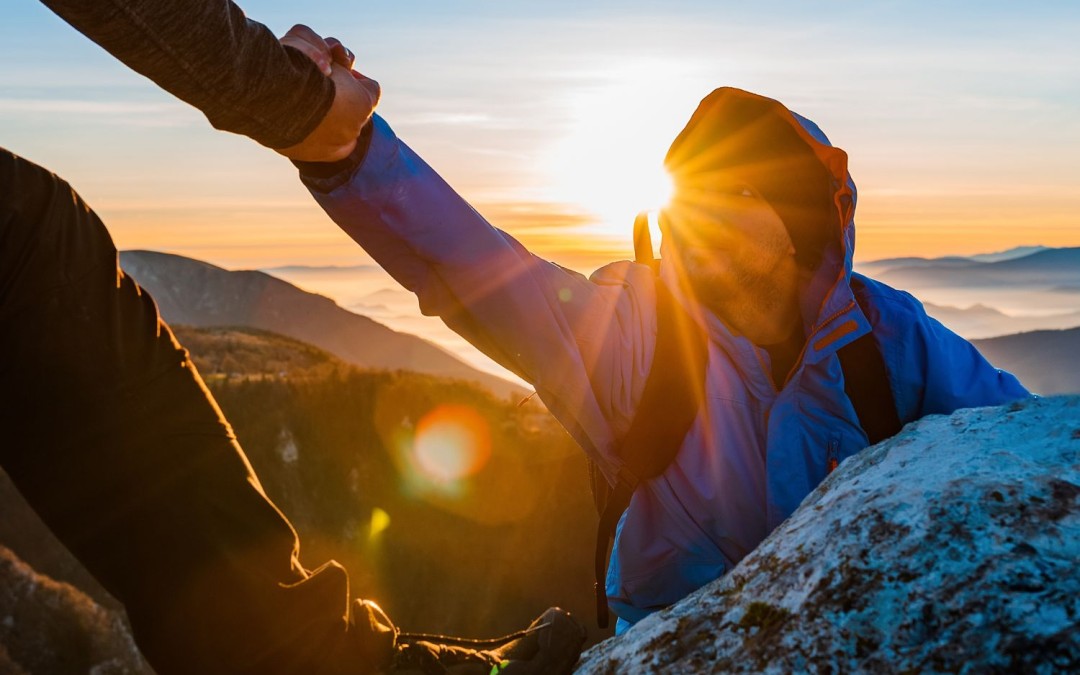Hiking up a mountain requires serious grit, skills, and planning—the higher you go, the longer it takes, with some taking weeks to climb. The taller the trek, the colder it gets as well, no matter what time of year you go. Popular trails like Mount Bierstadt, CO, and Mount Shasta, CA, are at or above 10,000 feet. If you plan on tackling these hikes or similar ones, staying warm throughout your adventure should be the top priority. Let’s review how to stay warm on high-elevation mountain hikes so that you remain comfortable while enjoying the beauty Mother Nature has to offer.
Eat Calorie-Dense Foods
Calorie-dense foods should be close to the top of your list of high-altitude packing essentials. Think of it this way–you can’t burn what you don’t have! Don’t forget that the digestion process also helps raise body temperature. Plus, the foods you should bring on hikes, such as jerky, cheese, and nuts, take longer to digest. The longer you digest, the longer you’ll be able to stay warm.
Prioritize Hydration
Circulation directly correlates to staying warm and maintaining body temperature. The less you drink, the more dehydrated you become, and the more dehydrated you are, the more constricted your blood vessels become. You may think of drinking water as something that cools you down, but that’s not always the case. Staying hydrated helps improve blood flow, resulting in a rise in body temperature—especially for your limbs, which are particularly vulnerable to the cold.
Start Moving and Then Keep Moving
Stretching before you start climbing helps warm you up by increasing your blood flow, allowing you to stay a little more comfortable on the journey. Once you start climbing, it’s important to time your breaks strategically. For most people, taking breaks at 15 to 20-minute intervals is the most beneficial. Breaks are incredibly important, but stopping too often burns fewer calories and generates less heat.
Stay Dry
When you’re in cold temperatures and find yourself surrounded by snow, keeping yourself dry is essential to staying warm and staving off hypothermia. Often, during these long-haul hikes, people want to move as much as they can for as long as they can, but this choice can be a mistake. While it may sound strange, you can sweat if you do too much, even in the cold. Sweating makes your base layer wet, and when the surrounding temperatures are cold, you need to change any wet clothing as soon as possible—especially if it’s touching your skin.
Now that you know a little more about how to stay warm and comfortable on your next mountain hike, you’re ready to tackle your next adventure head-on. Don’t forget to layer up, take it easy, and enjoy the view.

